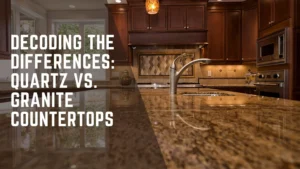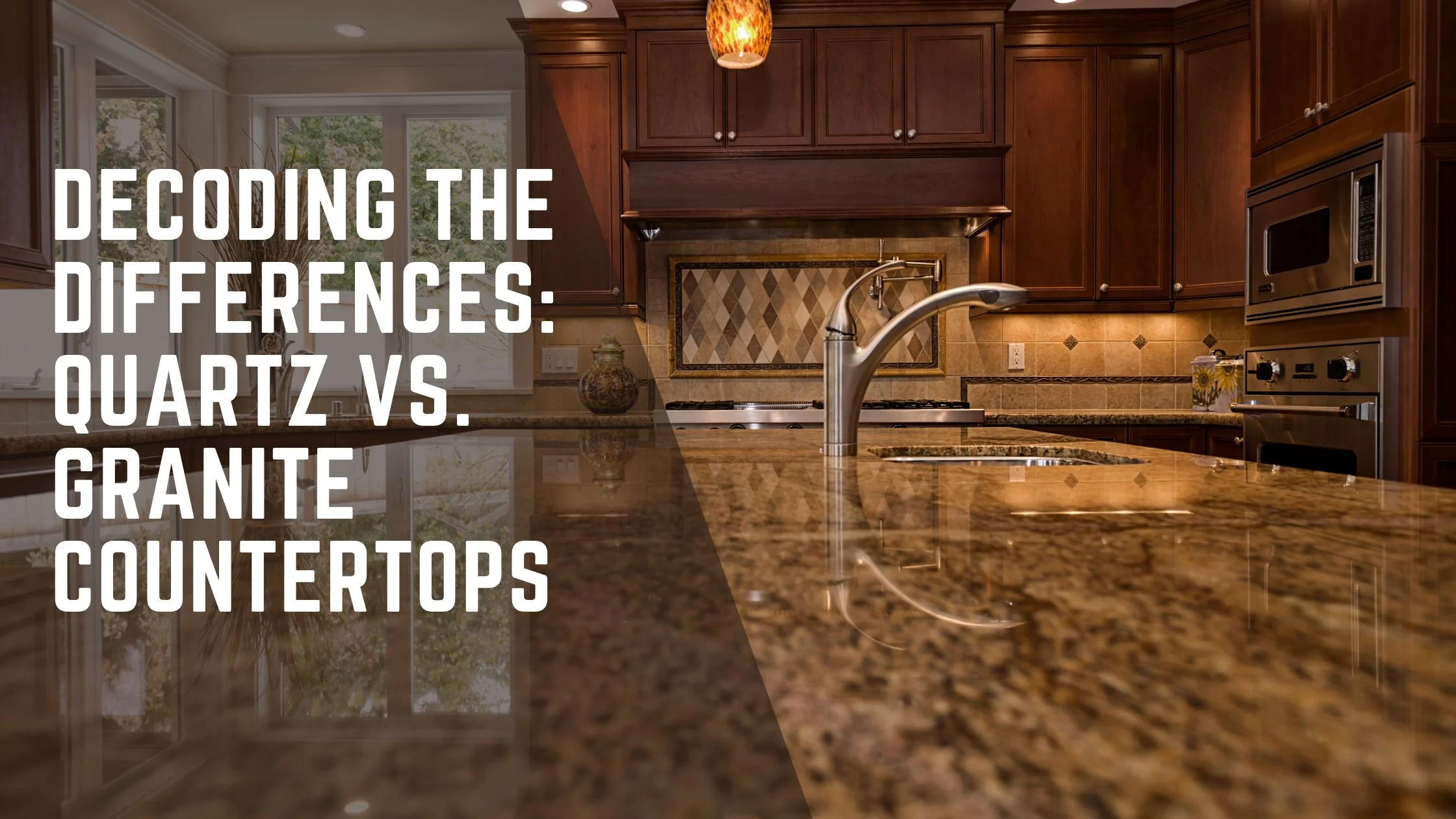Paradise Found! If only HGTV could show you how to create a chic, eco-friendly kitchen on a budget. But until then, here are some tips to help turn your postage stamp of a kitchen into your own private paradise. Whether you’re working with limited space or a tight budget, these ideas will help you maximize your efficiency and style. Nowadays, there are all sorts of eco-friendly kitchen products that can help you reduce your impact on the environment. And the best part is that many of these products are just as stylish as they are environmentally friendly. So why not ditch those old, inefficient kitchen products and start saving money and the planet with these green options?
So, get ready to roll up your sleeves and create the eco-friendly kitchen of your dreams!
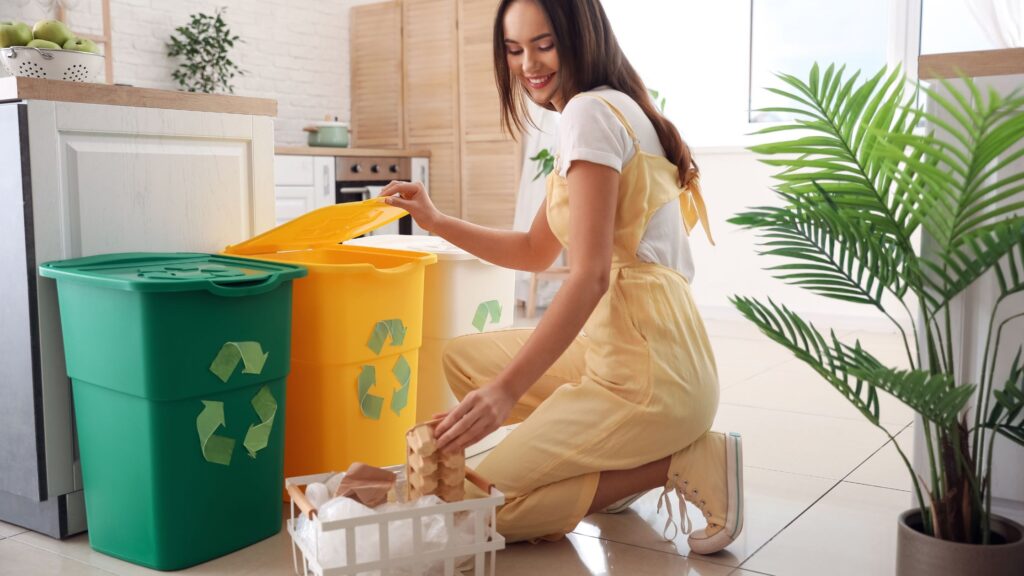
How to Make Your Kitchen Greener?
The kitchen is the heart of the home, and it’s also one of the most energy-intensive rooms in the house. From cooking to laundry to dishwashing, our kitchens see a lot of action. So it’s no surprise that eco-friendly kitchen products are becoming more popular as we look for ways to reduce our energy consumption. Here are 7 easy ways you can achieve your dream eco-friendly kitchen.
Reface your cabinets
While new cabinets can give your kitchen a fresh look, they also come with a large negative eco-footprint. The production of new cabinets involves the use of harmful chemicals and VOCs (volatile organic compounds), and their transportation can generate a significant amount of emissions. On the other hand, refacing your existing cabinets is a much more ecological option. Rather than tearing out your old cabinets, and sending them to the landfill, you can simply have them refaced with new doors and drawer fronts. This process uses far less energy and resources than starting from scratch, making it a much more sustainable option for your kitchen renovation.
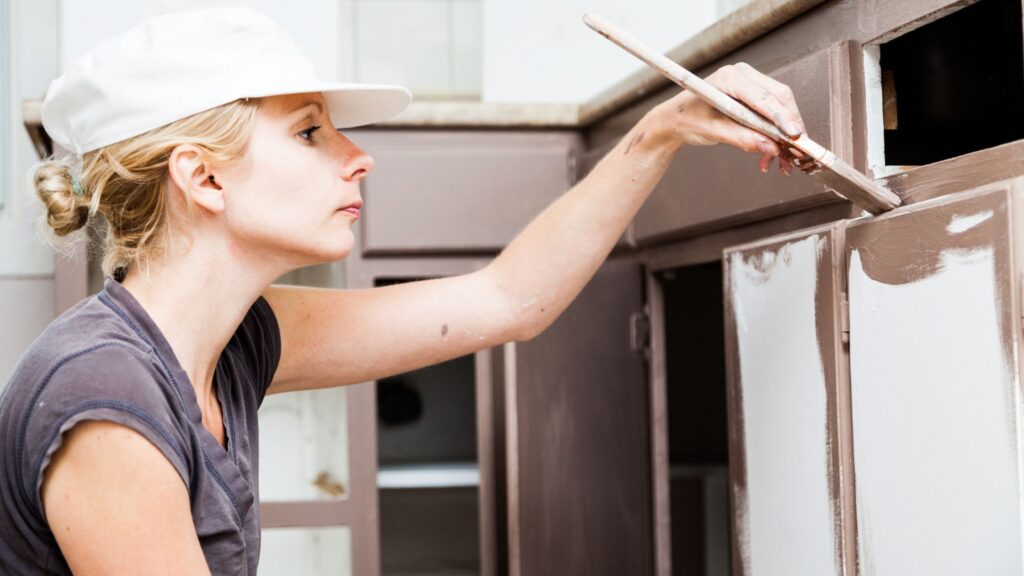
Consider quartz or corian countertops
When it comes to eco-friendly kitchen countertops, quartz and Corian are the clear winners. Unlike granite, which is a non-renewable resource, quartz and Corian are green solutions. The manufacture of quartz and corian has a lower environmental effect than the mining necessary for granite. When you consider quartz and corian’s almost maintenance-free properties, as well as the fact that they don’t require harmful sealants and will last a lifetime without cracking or chipping, it’s evident that they’re the ideal choice for your kitchen counters.

Replace your old kitchen fixtures with energy-efficient appliances
One easy way to go green is to choose energy-efficient appliances. LED lamps consume less energy than standard incandescent bulbs and last significantly longer. As a result, you’ll be able to save money on both your energy bill and the cost of light bulbs. Another alternative would be to utilize solar power.
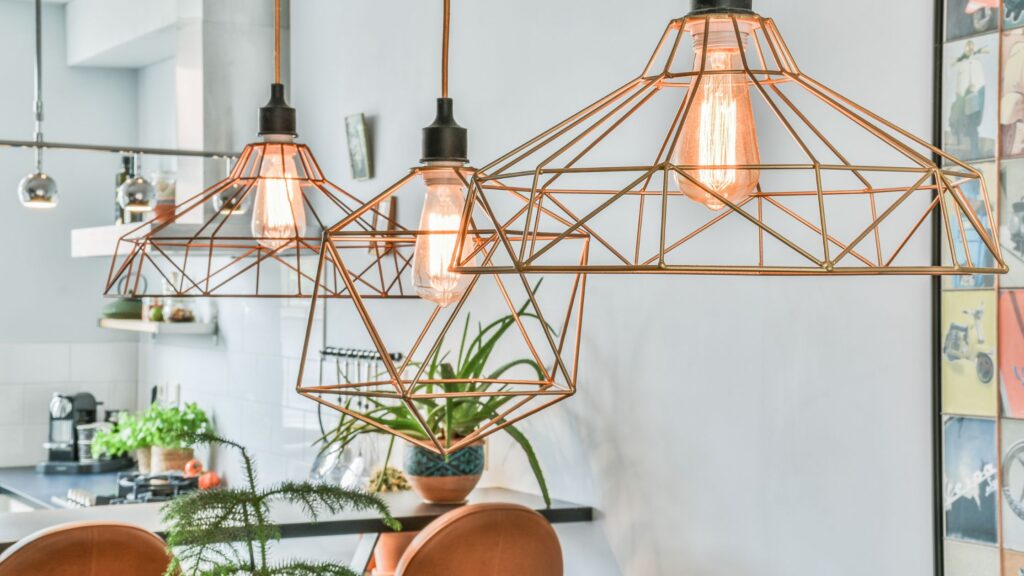
Add a recycling bin
Another beneficial way to spruce up your eco-friendly kitchen is to add a recycling bin. It’s an easy way to reduce your impact on the environment and save a few bucks in the process. Recycling bins come in all shapes and sizes, so you’re likely to find one that complements your kitchen design. And if you’re worried about attracting pests, don’t be – most recycling bins come with tight-fitting lids to keep critters out.
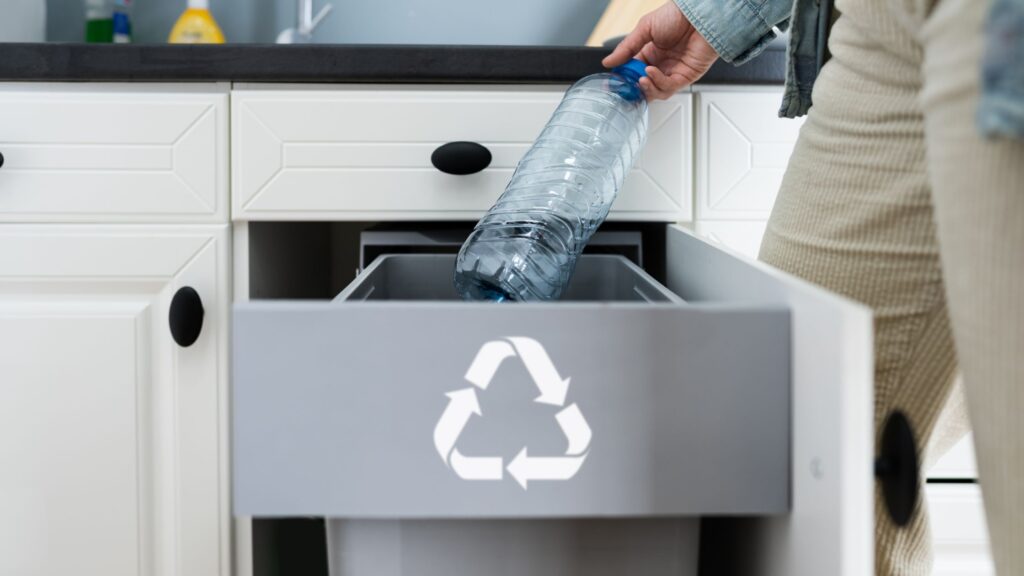
Switch to motion-sensing faucets
Changing your old traditional faucet with a motion-sensing model is another way to go green. Not only will it help you save water and minimize waste, but it’ll also make your life a whole lot easier. Motion-sensing faucets are equipped with sensors that activate the water flow when they detect movement and turn it off when there’s no longer any motion. That means no more leaving the water running while you brush your teeth or wash your hands, and no more wasting water down the drain. So why not make the switch to a motion-sensing faucet today? Your wallet (and the planet) will thank you for it.
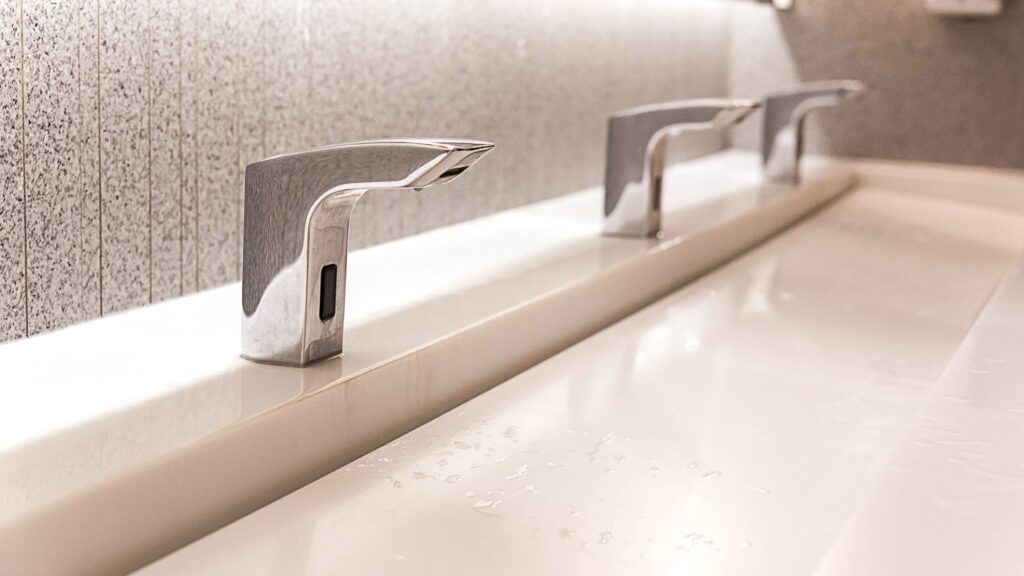
Upgrade your cookware
Replace all of your cookware with non-toxic alternatives for a quick green refresh in your kitchen! Replace your pans and pots with ones made of stainless steel, glass, or ceramic. These materials are easy to clean, speed up the cooking process, and contain no hazardous finishes. When purchasing new cooking utensils, choose plastic-free options such as timber, silicone, and bamboo.
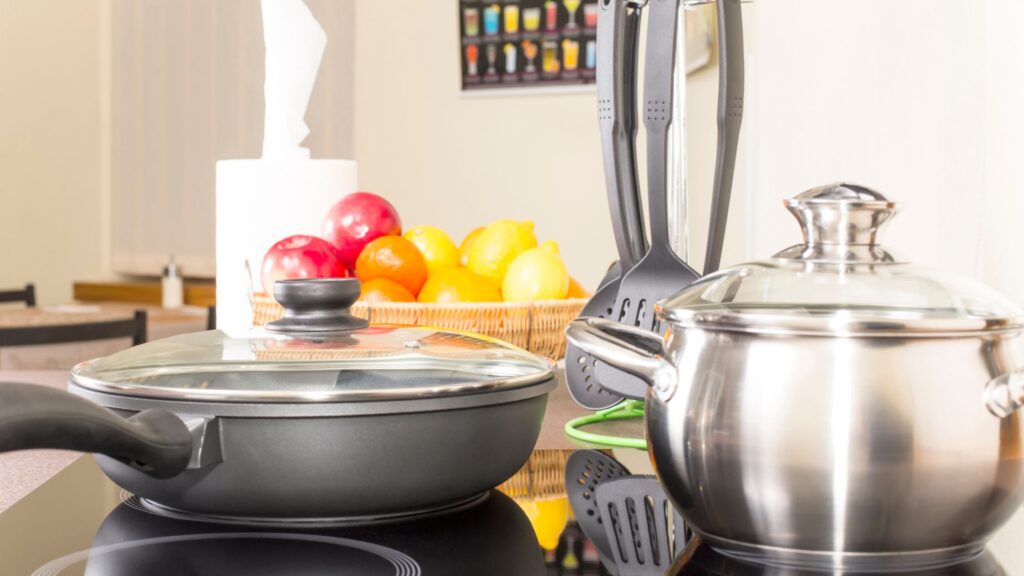
Choose sustainable flooring
Reclaimed wood floors are a popular choice for sustainable kitchens since they are ecologically friendly, durable, and stylish. Reclaimed wood floors are made from recycled or salvaged wood, which means they require less energy and resources to produce than new floors. They are also extremely durable, so they can endure the wear and tear of a busy kitchen. Plus, they add character and a unique charm to any space. So if you’re looking for sustainable flooring for your kitchen, consider reclaimed wood.

Tips to Be More Environmentally Friendly
Plan in advance to avoid food waste
Planning your meals in advance and sticking to your grocery list is one of the best ways to cut down on food waste and avoid unnecessary supermarket trips. This means buying only what you need for your next meal or two. Planning ahead also allows people who enjoy cooking an opportunity to practice their culinary skills; they get a chance to use fresh ingredients from local stores as well as explore new and different recipes.
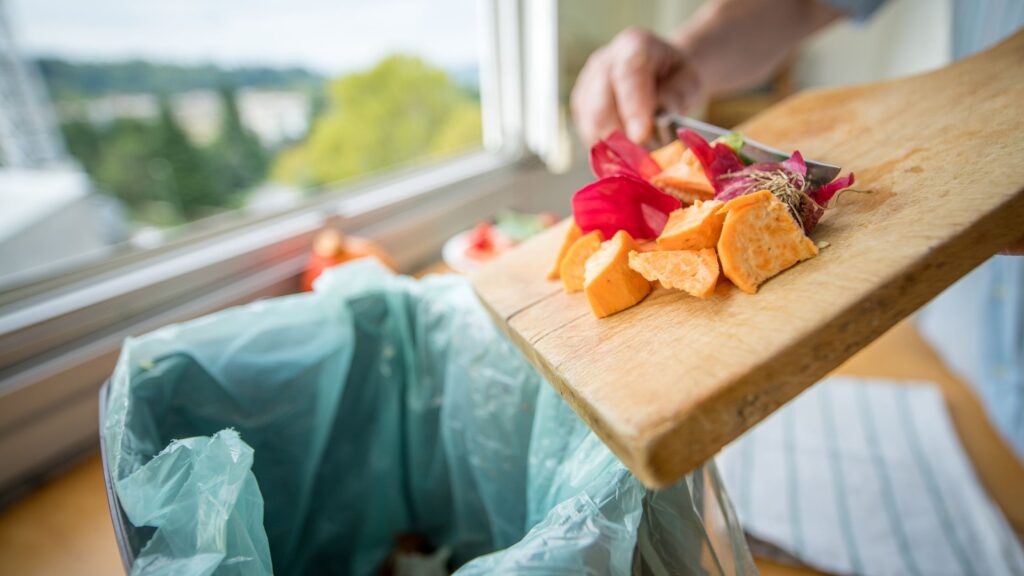
Avoid single-use products
Investing in beeswax paper allows you to ditch the plastic wrap and bags for good. This resourceful, reusable option is not only better for the environment but also possesses antibacterial properties, which might reduce food waste by preventing rotting. You may also get washable and reusable silicone sandwich bags.
Coffee drinkers can consider using reusable coffee filters (and remember, coffee grinds may be used as fertilizer for acid-loving plants). Loose-leaf or biodegradable tea bags are the way to go if you’re a tea drinker. What about paper towels? Replace them with reusable cloths wherever feasible.
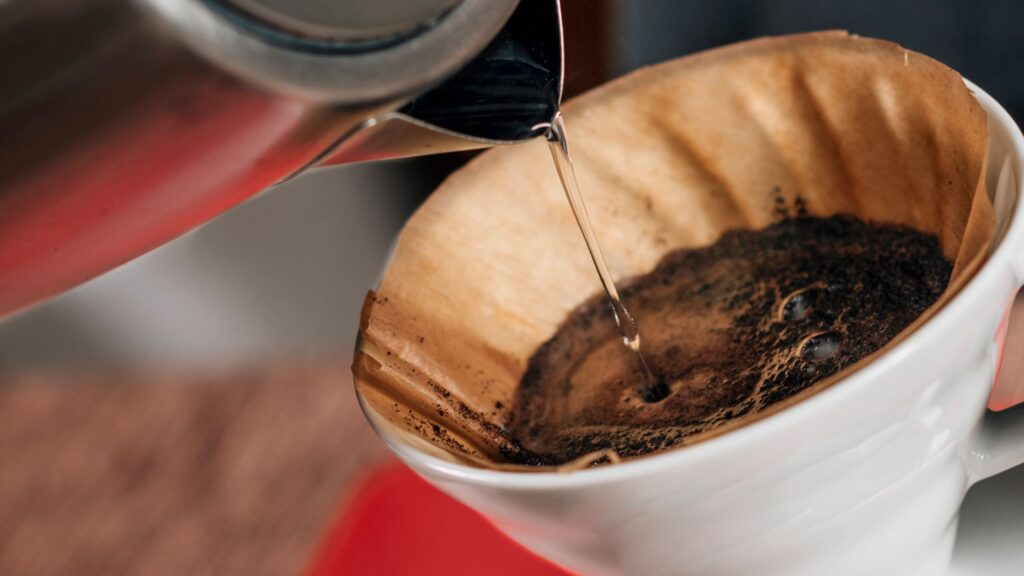
Opt for sustainable products
When purchasing flooring or cabinets, look for FSC-certified wood (or plywood) made from 100% natural resources. Melamine-faced chipboard and medium-density fiberboard are both ecological options if they’re created using recycled materials; however, Ecoboard is even better because it’s made entirely out of agricultural byproducts! Bamboo grows quickly, so this product will be sustainable in the long run as well.
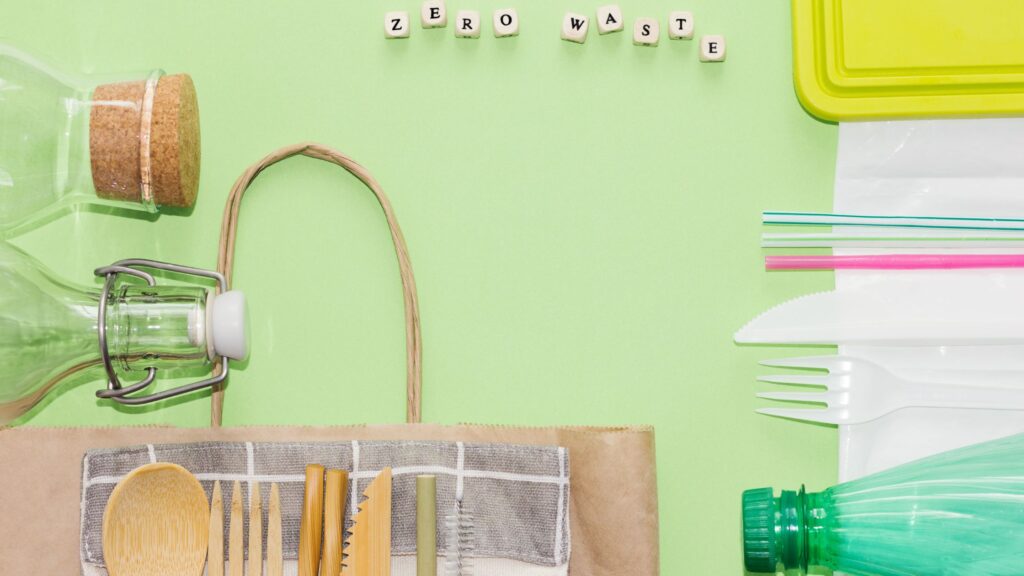
Whether you’re in the market for a complete kitchen overhaul or just looking to make a few tweaks, we hope this guide has given you some inspiration.
By following these simple guidelines and using a bit of creativity, you can easily give your kitchen a fresh look that will reflect your personal style while also helping the environment. So what are you waiting for? Start browsing our slideshow and request a quote today. Your new, stylish, and sustainable kitchen is just a few clicks away.



